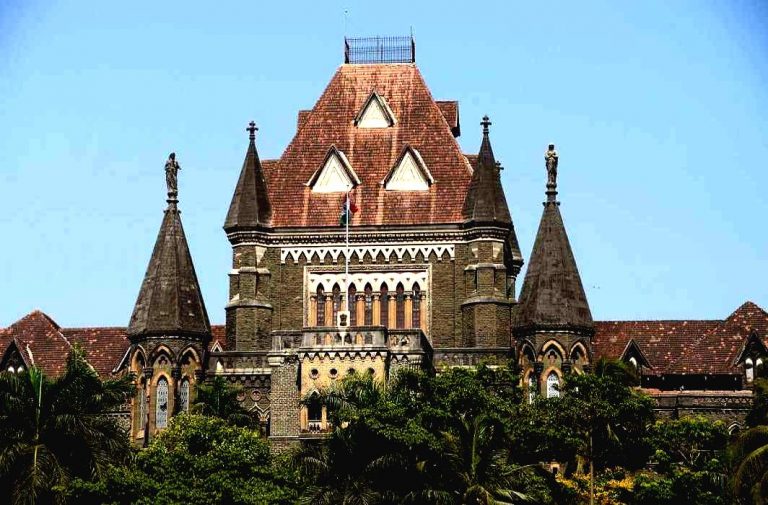
The Bombay High Court has recently allowed a Criminal Application filed by a convict Sandeep Shirsat, declaring him to be a juvenile at the time of the commission of crime. Sandeep was convicted for murder and rape under Sections 302, 376(2)(g), and 326 read with section 34 of the Indian Penal Code, 1860 and was facing death penalty awarded by the court below vide a 2017 judgment.
The Division Bench of Justice BP Dharmadhikari and Justice SK Shinde said in Sandip Samadhan Shirsat @ Raghu Rokda v. State of Maharashtra that the apex court has in previous judgements already held that need for a medical opinion arises only in the absence of documents like matriculation certificate, date of birth certificate from the school first attended other than play school and birth certificate given by any corporation or the municipal authority.
The High Court after noticing that though an opportunity was given to State to look into the plea of juvenility, no specific stand was being taken and directed the convicting court to conduct an enquiry into Applicant’s age. The Additional Sessions Judge, Thane thus submitted a confidential report pointing out that as per school leaving certificate, the date of birth of the Applicant was 29/08/1995 and as per report of Government Hospital, Vashi the radio graphic bone age of the accused was more than 18 years at the time of committing of the offence and his present age on 01/08/2019 as per ossification test is more than 25 years.
On the other hand, Counsels appearing for the State highlighted the grave nature of the crime. They submit that in such matters, when there is no other option left, belatedly, defence of juvenility is taken. Such defence should not be entertained. The age was determined before commencement of the trial in the year 2012 itself and that determination was not questioned by the Applicant. As per the ossification test, the Applicant was above 18 years at the time of the crime.
The High Court has relied upon the Apex Court’s judgment in Ashwani Kumar Saxena v. State of Madhya Pradesh, wherein it was held that “if two views are possible on the age of the juvenile, the court should lean in favour of holding the accused to be juvenile in the border line cases.”
Court noted that the admission record of Zila Parishad School shows his date of birth recorded as 29/08/1995. Medical reports of the Applicant have failed to analyse the exact age and therefore the Application was allowed by the High Court by observing:
“The medical papers show that on the strength of ossification test or radiological test, the age on the date of offence is shown to be above 18 years. The exact age has not been worked out. If possibility of error on either side is kept in mind, it cannot be said that those medical papers established the age of accused no. 2 to be above 18 years on the said date. It cannot be concluded on the basis of these medical test reports that 29/8/1995 is not the date of birth of accused no. 2”.
The State has been directed to produce Sandeep Shirsat before the concerned Juvenile Justice Board for further process in accordance with the 2015 Act.
— India Legal Bureau

